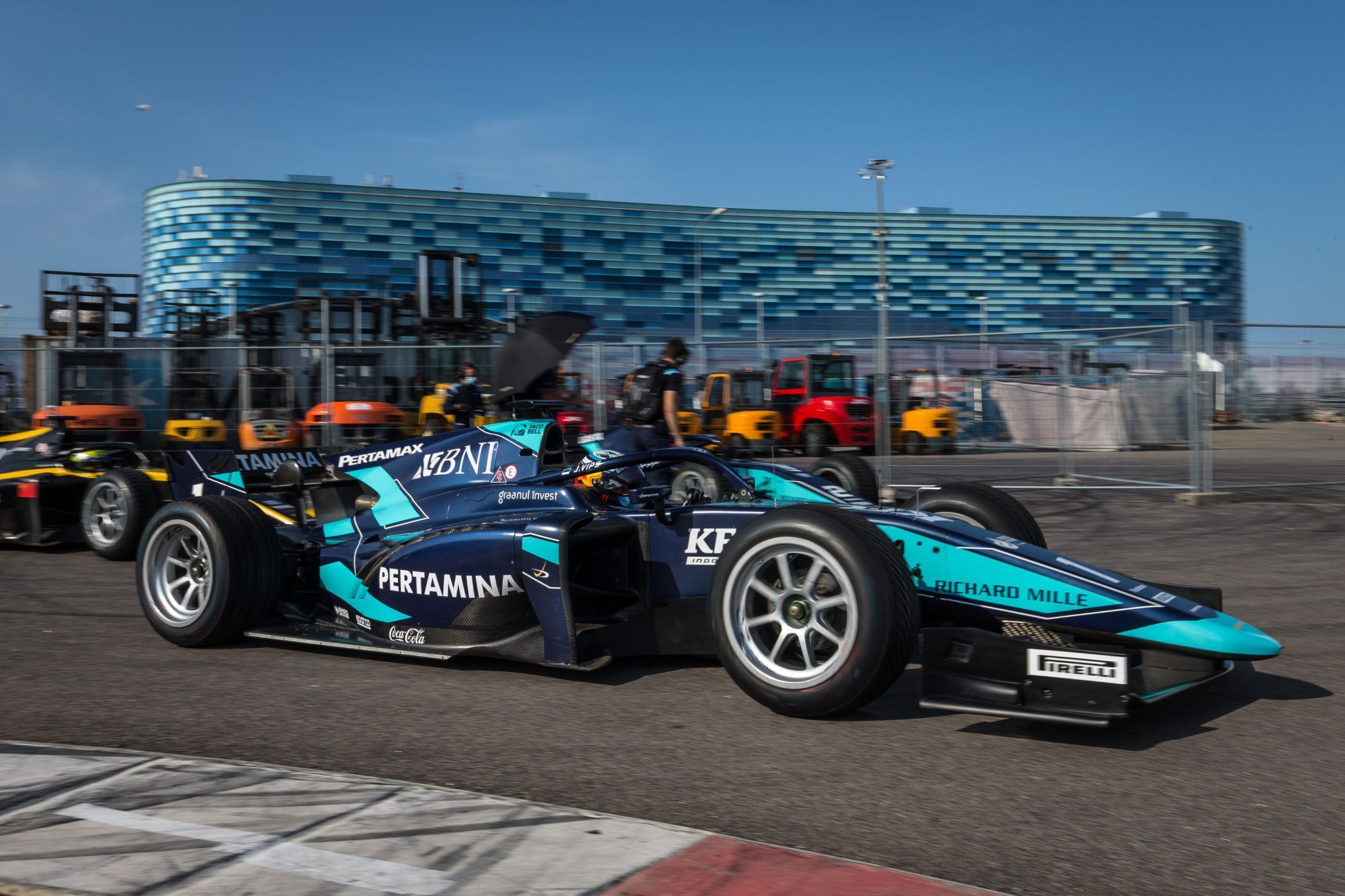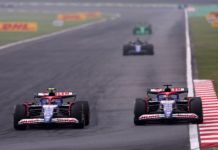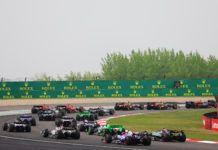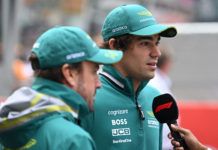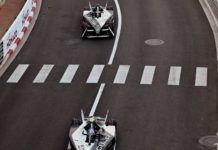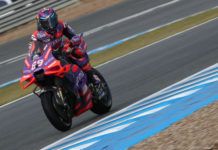Pirelli F1 boss Mario Isola stated that they are looking at the sensitivity of the 18-inch tyres with regards to cuts via front-wing leading to punctures in F2.
Instituted to serve the aesthetics of the next breed of F1 cars, 18-inch tyres – to be used from 2022 – come with various concerns over practicality, performance, and durability, the final point being one discussed heavily before the new tyres are introduced in 2022.
The 18-inch rims are already in service in Formula 2 from Pirelli, and it is from here that many of the durability worries originated, as the championship has had a fair few incidents involving tyre abnormalities in its 2020 season.
Lower profile sidewalls that come with larger rims are frequently considered more prone to punctures and various other manifestations of damage, and so many have attributed the feeder series’ apparent influx in related incidents to the modified tyre profile.
However, with these rims soon to be fitted to F1 cars of the grid, Pirelli boss Isola offered his assurances that there is likely minimal correlation between the two factors, though he admits that no evidence is conclusive.
“I was checking that with the engineer in charge of Formula 2, and his opinion was that there was no reason to consider F2 more likely to have a cut on the sidewall,” said Isola in his media briefing. “Obviously, you have a different profile, a different rim, but [even] with a 13-inch tyre, if you touch the sidewall with the front wing it’s quite easy to puncture the tyre; the sidewall is the weakest part of the tyre, so any contact with the sidewall [means trouble],” he summed up, as he also detailed previous efforts to resolve such issues.
“That’s why some years ago we made an investigation together with the FIA in order to find materials for the front wing that self-destructed and didn’t cut the sidewall. With a 13-inch tyre, you have a sidewall that is much bigger, so it’s easier to cut the sidewall of a 13-inch tyre rather than an 18-inch tyre. But again, them being a different profile it’s hard to say.
“In F2, it’s true we had some punctures,” he admitted, “but it’s also true that we have a lot of fighting, a lot of action on track, a lot of contacts. When you have contact it’s quite easy to cut the tyres,” Isola added, before stating that the situation is being continually monitored by Pirelli. “We are monitoring the situation because when we started to develop the 18-inch tyre one element important to consider was kerbing.
“We had no opportunity to make a specific test on car-to-car contact — that’s impossible, if you test with more than one car you can’t ask the driver to crash to make a statistic of the tyre, if it is more prone to cutting the sidewall or not. But kerbing was not an issue, and feedback from drivers was that they could use the same driving lines as with the 13-inch tyres on most of the circuits, and contacts at the moment, we don’t have the statistic.”
Answering on what might happen if this concern was found to be justified, Isola said: “We’d need to work around the profile of the tyre and the profile of the rim. [And refine] some parts of the car that are often in contact with the tyre, like the front wing.”
Here’s details from Pirelli boss on the Portimao F1 test

